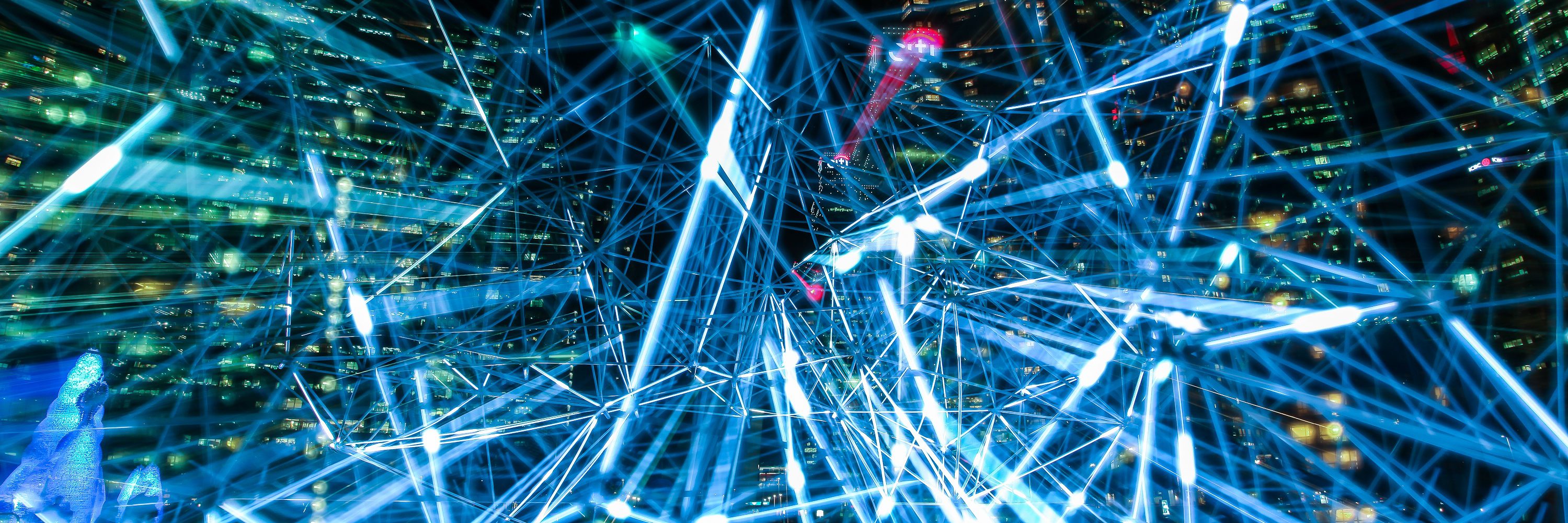In this video, it has a very thorough explanation of how blockchain work and how it is implemented in the process of bitcoin~ problems it addresses:
- Is it possible for people to tamper with the information in blockchain?
- How secure is blockchain?
- How it is applied to Bitcoin?
It is interesting to learn that each block contains 3 type of information:
- Data
- Hash
- Hash of the previous block
In simple terms, the most important information that helps to make blockchain valid and secure is containing hash of the previous block. It takes time to regenerate each new block and it is nearly impossible to interrupt other users information when everyone else has a copy.
by looking into this video, it explains how blockchain will take out all the middle man such as big institutes which holds the information- since blockchain could be secure enough- we do not need to trust institutes with our information anymore.
One of the most worrying problem suggested in the level 5 explanation is that as technology is implemented, it can raise the rigidity of certain interaction. What I mean by that is that human will no longer has a room for negotiation with machines which humans can only follow rules suggested. With one of the example suggested by the expert is that a child who was facing severe medical problems do not have the access to a vehicle since his parents were behind in rent payment(etc). In this case, it has clearly shown that machines will rule out the sentimental element in humanity and I can see the society being ruthless and emotionless once technology takes over the world.
Haven’t said that in today’s society it is already very broken considering the fact that human errors can cause or even in extreme cases corruption or particular privileged relationships have on this society establish an unfair hierarchy. It is impossible to compare today’s world to a perfect world in our imagination but it is important that people adapt their mind and expectation with the application of technology in today’s world. It will be a better world for people who think this world is broken since the trust level will be better for them, and on the other hand, it will be worse for people who are in the privileged world who use their ‘privileged rights’ over the society.
At 12:30, it is very interesting to know that bitcoin is a very good system that is introduced to replace the unreliable government in terms of how they handle currencies overall. Blockchain would be a decentralised currency that helps to stabilise the crash of the economy with a reliable and secure system. It also answer the question why there is a rise in 200% to 300% value in bitcoin.
